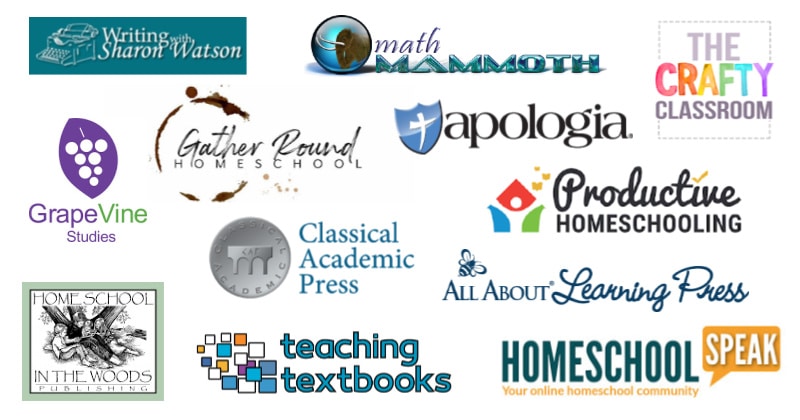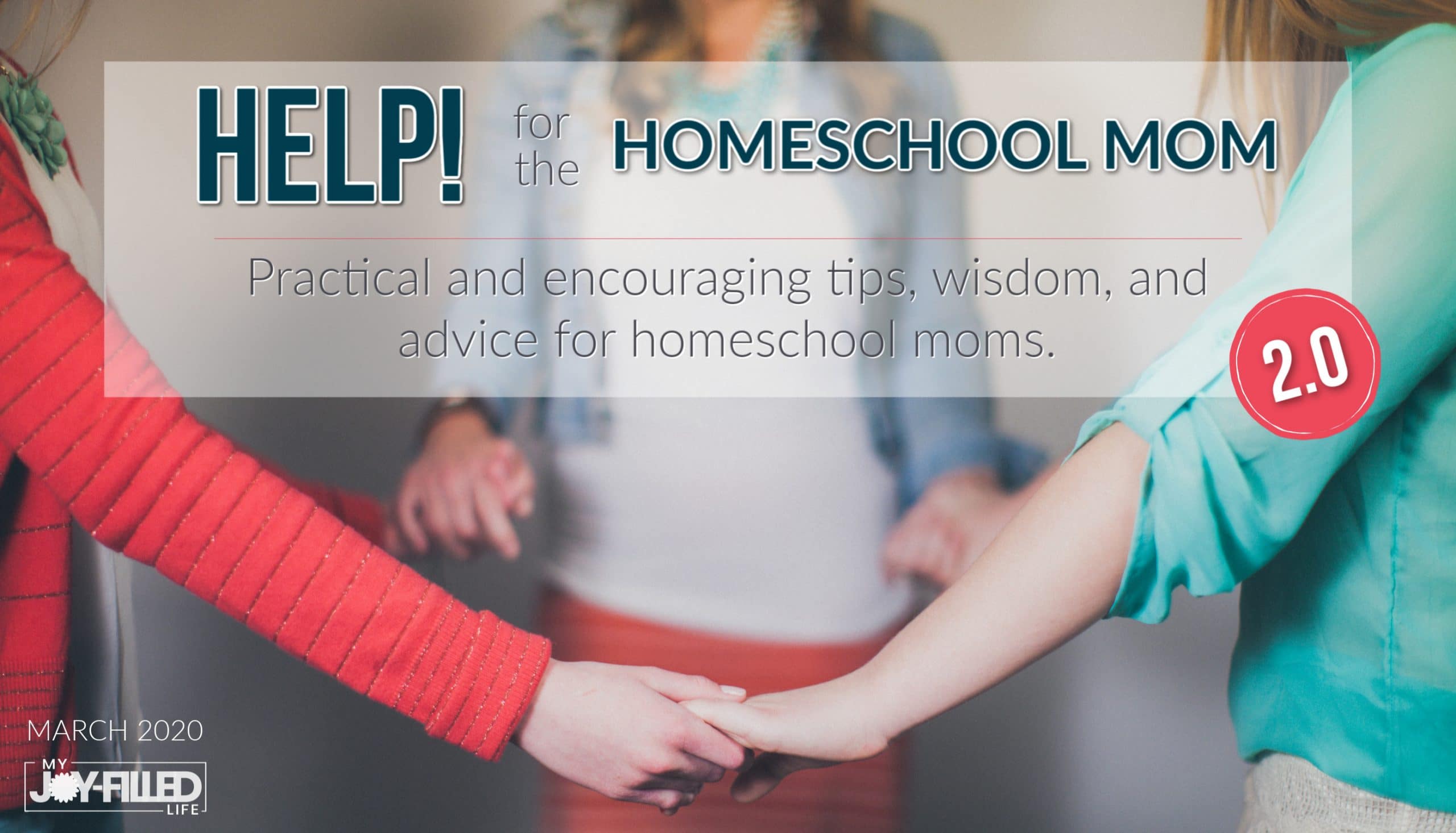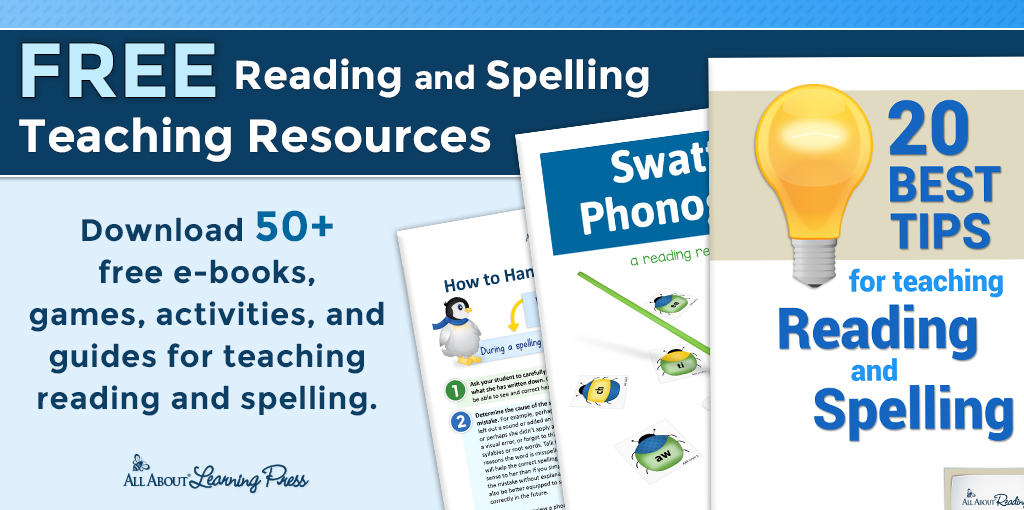


One of the questions I frequently hear — almost as often as the socialization question — is “How do you know you’re doing enough in your homeschool?”
Now, that question can mean different things depending on who is asking it. If a stranger or family member unfamiliar with homeschooling (or prejudiced against it) asks the question, they generally mean something more like “Are you really qualified to do this?”
I think we can dismiss that one right away because we know the truth — we ARE qualified to teach our children because we are personally invested in doing our absolute best for them and are willing to do whatever that takes and whatever it looks like for our unique families. Period.
On the other hand, when a fellow homeschool mom asks that question and raises concerns of doing enough, I find that she generally means something altogether different. Usually something more like this:
- Am I doing the right thing at the right time for my children?
- What if I’m overlooking something important they need to learn?
- What about those dreaded so-called learning gaps?
Learning Gaps. What are they exactly? How do they affect us as homeschool families? And do we really need to fear them?
Because I’m an advocate of delight-directed learning, I hear this concern a lot. Can you really balance the basics of learning with taking an interest-led approach? Will they really learn everything they need to know?
My short answer is YES. They will learn what they need to know when they need to know it.
Why am I so sure about this?
Because delight-directed homeschooling has a lifelong love of learning baked right into it. It’s an essential ingredient in the educational recipe.
How to Ditch the Fear of Learning Gaps
This question of learning gaps is usually asked by a homeschool mom out of concern for giving her children a complete, well-rounded education. However, it sort of falls into the same category as the socialization question. Well-meaning or not, this question misses the mark of what we’re really trying to accomplish at the heart of our homeschooling journey.
Let me reassure you, so-called learning gaps happen in public school, too. The difference is with delight-directed, interest-led homeschooling, we are equipping our children with the skills to develop a lifelong love of learning, which means they will continue to learn whether we’re “forcing” them to or not. Learning is not something you get through, but rather a lifestyle.
Interest-led homeschooling is purposeful. It’s not aimless even though we don’t follow a strict curriculum. I still file my required reports to the school district to show that my daughters are making progress. I keep a portfolio of their work.
Rather than focusing on arbitrary test scores or grade levels, we instead keep our focus on our overall goals. This means following their interests, talents, and passions in pursuit of purpose in life. That is the heart and soul of interest-led, delight-directed homeschooling.
A learning gap is merely a perceived hole in the fabric of an education. As human beings, we were designed to learn by the One Who created us. You can trust that process. When you recognize that your children were designed to learn, to be creative, to respond to their environment with questions and a desire to seek knowledge, you can lean into the lifelong journey of learning. You don’t need an artificial timetable to do that.
Build on their natural curiosity. Build on their God-given gifts. Don’t be tied to one particular curriculum or method. Do what works and adjust as necessary. Give them plenty of opportunities to explore, read, and create. Guide them, but don’t push.
If you find a learning gap along the way, it’s generally easy to correct once the love of learning has already been instilled. Children will eventually take responsibility for their own education and become self-directed learners. When they have the freedom to ask questions and make mistakes in a safe environment at home, their character will grow as well as their academic performance.
I personally recommend keeping a homeschooling journal. It allows you to see progress over time without the confines of a checklist. I wrote more about this in my post, How to Set Homeschool Goals without Killing the Joy of Learning. This can help to reassure you that your children are learning and growing over time, even through the rough seasons. Even when you sometimes have doubts or feel burnt out as we all do from time to time.
You can also learn about developing an overall vision for your homeschool journey in my guide, Purposeful Homeschooling: Cultivating your Homeschool Vision. I’m creating an online workshop to go into greater depth, too. You can sign up here to be notified when the workshop is ready.
Thank you to our featured sponsors!

Don’t forget to check out ALL of the helpful posts in the series
and enter the giveaways (over $2000 worth of prizes)!
>>> CLICK HERE <<<
GIVEAWAY
Enter for your chance to win a digital copy of Purposeful Homeschooling: Cultivating your Homeschool Vision to unlock the joy of delight-directed learning in your homeschool while you ditch the fear of learning gaps.
This digital workbook is designed to help you write a homeschool mission statement that will guide you in your homeschool goals over time. It is your purposeful vision.
This ebook explains the why and how of creating your homeschool mission statement, along with the workbook pages with questions to guide you as you write your own.

Sara is a homeschooling mom to three daughters. She is a writer, speaker, and homeschool consultant. She believes that learning should be a lifelong adventure that also builds character. She finds her own creative outlet in journaling and writing, both fiction and non-fiction. Connect with Sara on her blog, Heart and Soul Homeschooling, Twitter, Pinterest, Instagram, and Facebook. You can also find her books available on Amazon.








